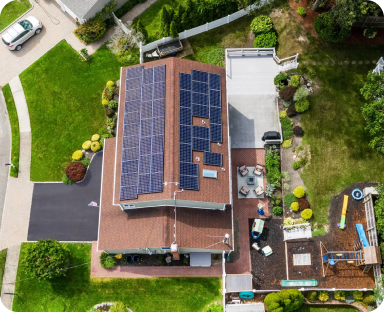In response to the catastrophic earthquake in Japan earlier this year, and the ongoing tragedy at the Fukushima Daiichi Nuclear Plant, both Japan and Germany have put forth bold strategies to make solar and wind main contributors to their energy supplies. Germany, already the world’s solar energy leader, has committed to shutting down all of its nuclear plants (25% of its power mix) by 2022.
To replace nuclear, Germany is pursuing an even more aggressive renewable energy program. In addition to installing more renewable capacity, the program will include “smart grid” investments that will make intermittent energy generation technologies more predictable, reliable and dispatchable.
Nuclear, while an impressive technology, has severe shortcomings. Plants take years to site and build, and are prohibitively expensive to safeguard adequately. In addition, there is still no solution for long-term spent fuel storage. Instead, the spent fuel remains in pools at the hundred odd plants around the United States. Then there is the scale problem: because the plants are so large, it is challenging to make up the supply if one goes down, and it takes a decade or so to build a new one.
Yesterday, a rare 5.8 magnitude earthquake hit Virginia and was felt all along the eastern seaboard. A major nuclear plant was shut down and the back-up generators were turned on to keep the nuclear fuel cooling system operational. At this time everything looks okay, but the Nuclear Regulatory Commission is overseeing a post-event analysis of a number of east coast plants.
We recommend reading “Brittle Power” and “Small is Profitable” by Amory Lovins, the highly regarded scientist at the Rocky Mountain Institute, for deeper insight into the shortcomings of the large, centralized power infrastructure that defines the current paradigm. One theme that Mr. Lovins emphasizes is that we should look to biology when considering how to optimize systems. He states that:
“An important lesson from the biological metaphor is that ecosystems disperse their control into a myriad local and systemic feedback loops rather than a rigidly centralized hierarchical control. The human body does much the same: breathing, heartbeats, digestion, etc. are routinely controlled by local physiological and endocrine feedback mechanisms rather than requiring constant control by the higher functions of the brain, which usually has better things to do.”
Stop overpaying for electric. Go solar with $0 down.

Stop overpaying for electric. Go solar with $0 down.
About the Author
EmPower Solar develops, engineers, installs, and services solar and battery systems for residential and commercial clients. Since 2003, EmPower Solar has empowered thousands of New York homeowners and businesses with 47 megawatts of distributed solar. Its vision is to create a new energy paradigm powered by clean, renewable energy for a more prosperous, healthy, and civil world. The company culture is defined by the EmPowering Way, which results in consistent 5-star customer service reviews. For more information visit empower-solar.com.